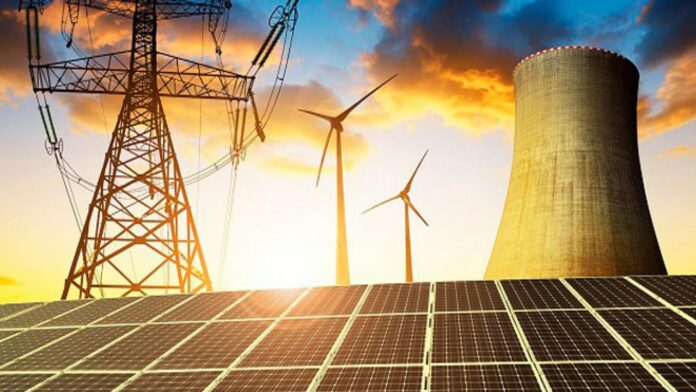The global power crunch from the previous months anticipated a vital transition from solid fuels to renewables to fulfill energy requirements. The volatile prices of fuel-based energy seem to be supporting the transition process.
China has seen the price of coal raised to 1908.20 yuan per metric ton. The impossible tariffs imposed on the producers forced industrial shutdowns due to power cuts as generators are unfit to function at such losses. Gas prices in Europe have inflated so much that the cost per megawatt-hour has increased six-fold.
China accounts for nearly a third of the world’s emissions and more than half its coal consumption. In recent years the country has seen conflict between the controlling coal sector and president Xi Jinping’s decarbonization strategies.
The shortages in power supply during September directed the government to decree a surge in solid fuel production. The result was a record 371 million tons dug up in November.
On the eve of the COP26 climate change conference in November, the ructions due to the power crunches led to dire warnings: The shift to zero-carbon energy was ushered in by well-meaning naivety rather than a sober consideration for 21st-century power system needs.
From November, wind and solar plants have been taking a larger share of grid power, subsequently leading to the decline of coal-fuelled energy generation. Solar installations in 2022 expect to jump to 75 gigawatts next year, which according to the head of the China Photovoltaic Industry Association, is a 50% increase.
Combined with around 45 gigawatts of wind turbines forecast by the Global Wind Energy Council, it would smash through Xi’s relatively conservative renewable installation plans allowing China’s emissions to peak years before his 2030 target.
Wind generation also offers a promising future with the expectation of producing 3,154.8 TWh globally by 2026. Simultaneously solar power generation will undergo development, to almost three times what it is capable of producing now, hitting 2,299.8 TWh. Such expansion rallies the total renewable energy production to 42% of the total grid power in 2019.
Concurrently, sources state that the cashflows that go into developing new petroleum fields will remain close to record lows of 40% in 2022.
It is the significant cost that is ultimately driving the energy transition to a more efficient and low-carbon global power system.
Follow and connect with us on Facebook, LinkedIn & Twitter

